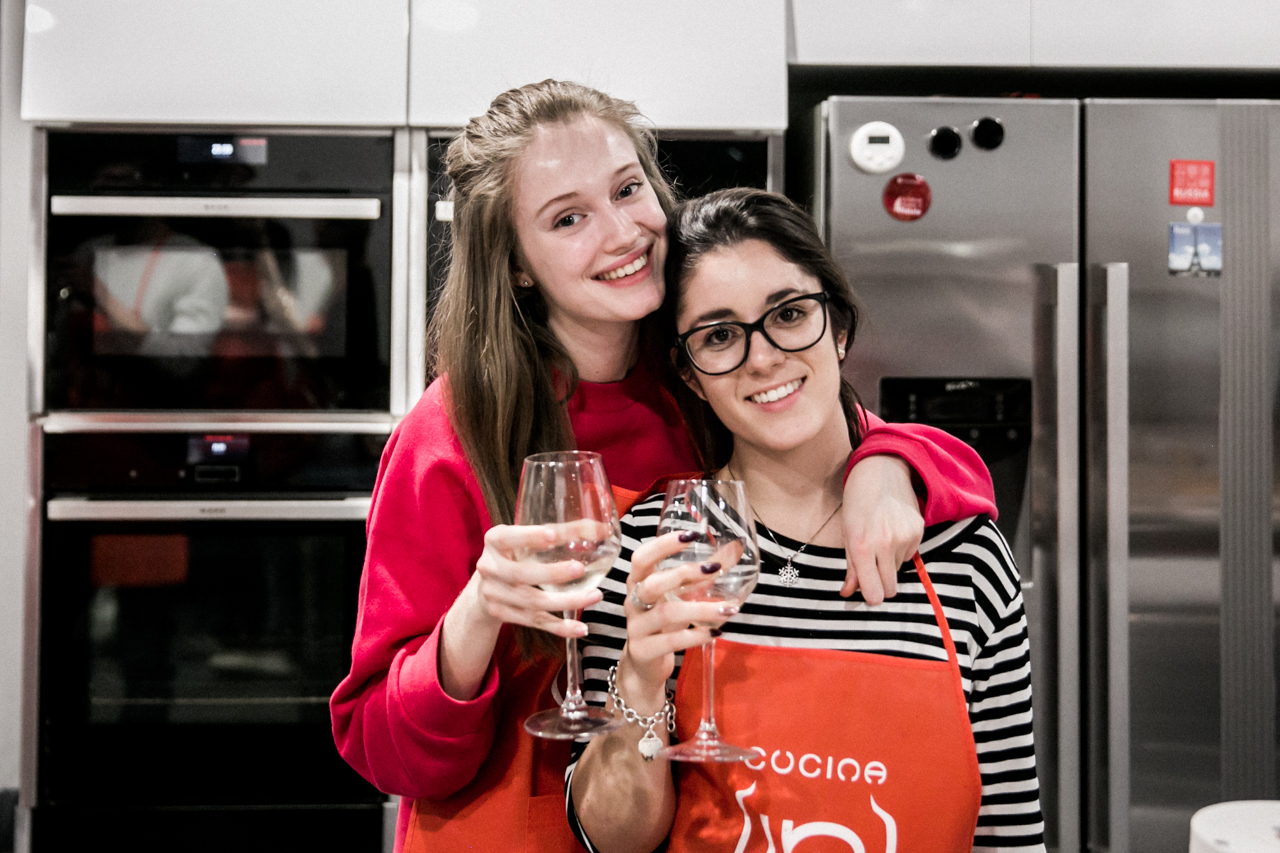La nostra nuova evoluzione si chiama Aperitivo Attivo: un’occasione di incontro e socialità in cui non si sorseggia semplicemente il cocktail accompagnato da una ricca varietà di stuzzichini ma si è, per l’appunto, parte attiva nella sua realizzazione.
Aperitivo: storia e innovazione
Per curare l’inappetenza, il celebre medico greco Ippocrate elaborò un nuovo medicinale: il Vinum Hippocraticum. Altro non era che vino bianco dolce in cui venivano messi a macerare i fiori di:
- assenzio
- dittamo
Prendendo spunto da questo medicinale, i Romani poi crearono una nuova versione: il Vinum Absinthiatum in cui furono aggiunti la salvia ed il rosmarino.
Il passaggio da cura ad aperitivo, così come lo intendiamo oggi, arriverà solamente nel 1786 da Antonio Benedetto Carpano che, nella sua bottega di Torino, creò il Vermouth: un particolare tipo di vino liquoroso aromatizzato con china. Questa nuova miscela ottenne così tanto successo da essere dichiarato da Vittorio Emanuele II, aperitivo ufficiale di Corte.
Poco meno di trent’anni dopo, nel 1815, ad un farmacista milanese di nome Ausano Ramazzotti venne l’idea di creare il primo aperitivo con base non vinosa mettendo in infusione, nell’alcool 33, erbe provenienti da tutto il mondo (citandone solo alcune: il rabarbaro cinese, china sudamericana).
Qualche anno più tardi, un produttore di vini dal cognome ancora oggi molto familiare, Martini, mise in commercio un aperitivo di sua invenzione: il Martini bianco realizzato con la macerazione, nel vino moscato, di:
- sandalo
- cannella
- melissa
- artemisia
- china
- cardo
- origano
- violette
Il proprietario di un noto caffè di Novara, Gaspare Campari, per distinguersi dagli altri aperitivi ne inventò uno di colore rosso acceso al quale diede il nome di Bitter (parola tedesca che significa Amaro).
La vera rivoluzione avvenne però a Milano intorno ai primi anni del 1900 in cui l’aperitivo si trasformò in un vero e proprio fenomeno sociale; la lista delle bevande si allungò e gli stuzzichini di accompagnamento non saranno più semplici olive, ma i veri protagonisti.
Come si svolge l’Aperitivo Attivo
La più recente ed innovativa reinterpretazione dell’aperitivo è: l’Aperitivo Attivo.
Conoscere nuova gente, divertirsi e collaborare attraverso la preparazione di facili e veloci ricette, degustandole poi comodamente con gli altri partecipanti ne è il fulcro.
Questa nuova concezione non poteva che nascere a Milano (proclamata capitale dell’aperitivo) e non poteva che svolgersi il venerdì sera, occasione in cui finalmente ci si lascia alle spalle la settimana lavorativa dedicandosi allo svago.
Dal dolce al salato, non esistono limiti nella preparazione degli aperitivi e non è necessario nemmeno avere competenze specifiche. L’Aperitivo Attivo è pensato per essere un momento in cui:
- poter socializzare;
- poter apprendere tramite il cibo.


